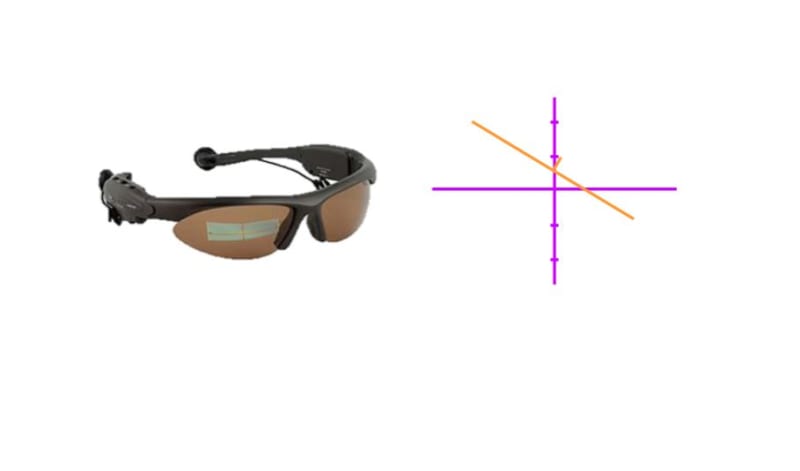Motion Sickness and spatial disorientation have been acknowledged as a widespread problem, affecting a significant portion of world population to varying degrees. Up to 60% of the population has some motion intolerance. The occurrence of motion sickness can approach 100% in cruise ship passengers on rough seas. Seasickness is also frequent among naval personnel, where 60% to 90% percent of inexperienced sailors can suffer from seasickness. Spatial disorientation and motion sickness are also significant problems in aviation. In motion provocative environments, spatial disorientation and motion sickness cause not only a loss in human performance (affecting cognitive and motor skills), but also a loss of expensive aircraft and human life. Vision Induced Motion Sickness, such as the motion sickness due to films and other video is a type of sickness, is particularly prevalent when susceptible people are watching films on large screens such as IMAX but may also occur in regular format theaters or when watching TV. Motion sickness can include simulation sickness, gaming sickness, vision induced motion sickness or vection induced motion sickness in 2-D, 3-D, or 4-D environments, including the viewing of displays such as with operation of remote devices, in vehicles, simulators, medical imaging, surgical training or operations.
This technology relates to using a head worn device and method for preventing motion sickness. The head worn devices can be attachable and detachable from another device attached to the head, such as glasses. Prevention of motion sickness more specifically relates to technology using a visual reference to prevent conflicting sensory mismatch between the visual, proprioceptive, and inner ear senses. Motion sickness and spatial disorientation occurs because of the mismatched sensation with what is seen compared to what is felt and what is perceived in the inner ear. This mismatch can occur any time when the brain perceives that the body is in motion, but the motion sensed does not match what the eye can see and verify.
A solution is needed, for a simple cost-effective method, that will enable a person to participate in activities where visual scene motion does not evoke illusory self-motion or motion sickness and participate in motion provocative activities without having motion sickness, spatial disorientation, vertigo and loss of human performance activities. An ideal device would be as simple, low cost as possible to broaden its market and the device would not require any power source.
This technology provides a visual reference, controlled through a mechanical system and which is responsive to gravitational forces. This head-worn technology can prevent and control motion-related sickness and spatial disorientation and therefore prevent or minimize symptoms of nausea, vomiting, and associated abnormal eye movements that compromise human performance in motion-related environments. It is innovative, because no other technology is available on the marketplace to mitigate motion sickness or spatial disorientation.
I will be manufactured by Sampson & Design Associates in Denver, Colorado. Marketing will be done with Axelo Inc. and through multi-industry partnerships.
Like this entry?
-
About the Entrant
- Name:Wesley Krueger
- Type of entry:individual
- Patent status:pending

